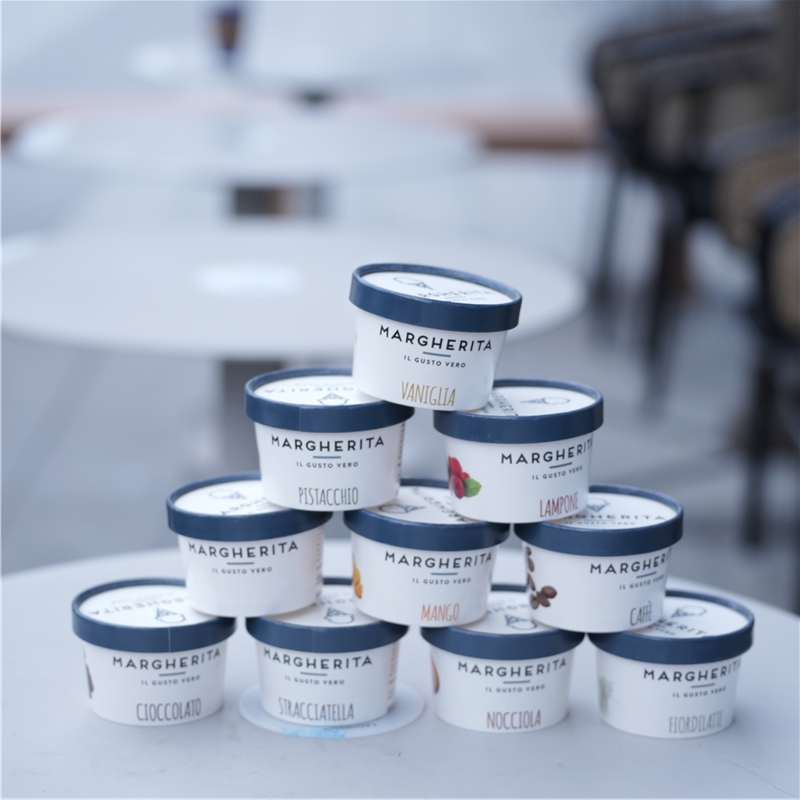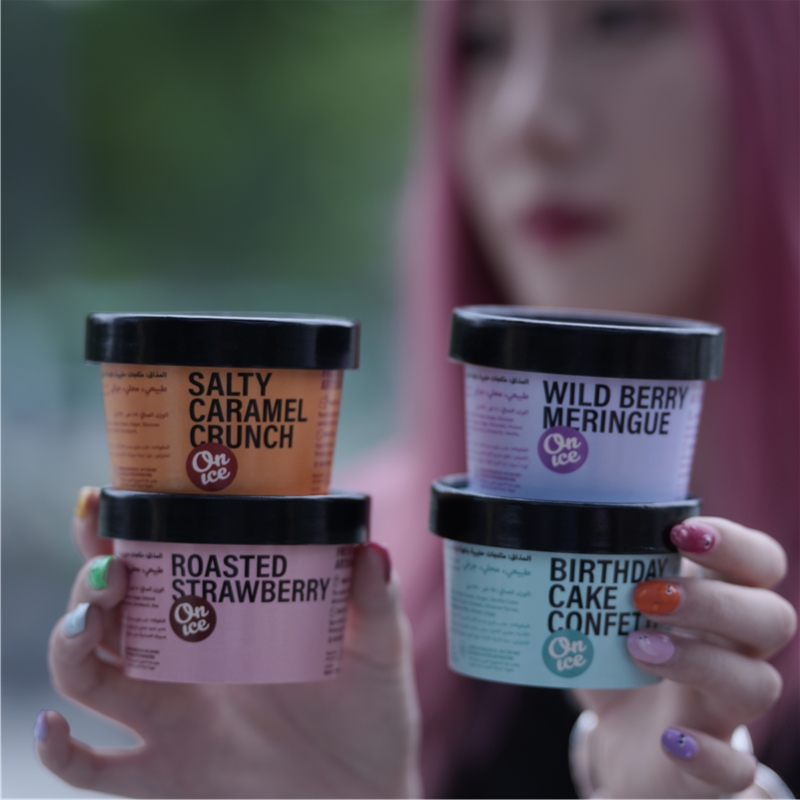Introduction:
In the pursuit of reducing environmental impact and promoting sustainability, the food industry has been exploring innovative solutions for packaging, including the use of biodegradable materials. One such area of focus is the development of biodegradable ice cream cups, offering a sustainable alternative to traditional plastic containers. In this article, we delve into the realm of biodegradable ice cream cups, examining their composition, benefits, and impact on the environment and the ice cream industry.
Composition of Biodegradable Ice Cream Cups: Biodegradable ice cream cups are typically made from plant-based materials such as corn starch, sugarcane fiber, or paperboard coated with biodegradable PLA (polylactic acid) lining. These materials are renewable, compostable, and break down naturally over time, reducing the reliance on non-biodegradable plastics derived from fossil fuels. The production of biodegradable ice cream cups often involves eco-friendly processes that minimize carbon emissions and resource consumption, aligning with sustainable practices.

Benefits of Biodegradable Ice Cream Cups:
- Environmental Friendliness: Biodegradable ice cream cups offer a greener alternative to traditional plastic containers, reducing plastic waste and pollution.
- Compostability: After use, biodegradable cups can be composted, returning nutrients to the soil and completing the natural cycle of decomposition.
- Consumer Appeal: With growing awareness of environmental issues, consumers are increasingly seeking products that align with their values, making biodegradable ice cream cups a desirable choice.
- Brand Image: Businesses that adopt biodegradable packaging demonstrate their commitment to sustainability, enhancing their brand reputation and attracting eco-conscious customers.
Impact on the Environment and the Ice Cream Industry: The adoption of biodegradable ice cream cups has the potential to significantly reduce the environmental footprint of the ice cream industry. By replacing conventional plastic cups with biodegradable alternatives, ice cream businesses can contribute to waste reduction, marine conservation, and overall sustainability efforts. Furthermore, the shift towards biodegradable packaging reflects a broader trend towards eco-friendly practices in the food and beverage sector, highlighting the importance of responsible sourcing, production, and disposal.

Conclusion:
Biodegradable ice cream cups represent a promising solution for promoting sustainability in the dessert industry, offering a practical and eco-friendly alternative to traditional plastic containers. By embracing biodegradable packaging, ice cream businesses can reduce their environmental impact, appeal to environmentally conscious consumers, and contribute to a cleaner, greener future. As the demand for sustainable packaging continues to grow, biodegradable ice cream cups stand out as a symbol of innovation and progress towards a more sustainable and harmonious relationship between food and the environment.

